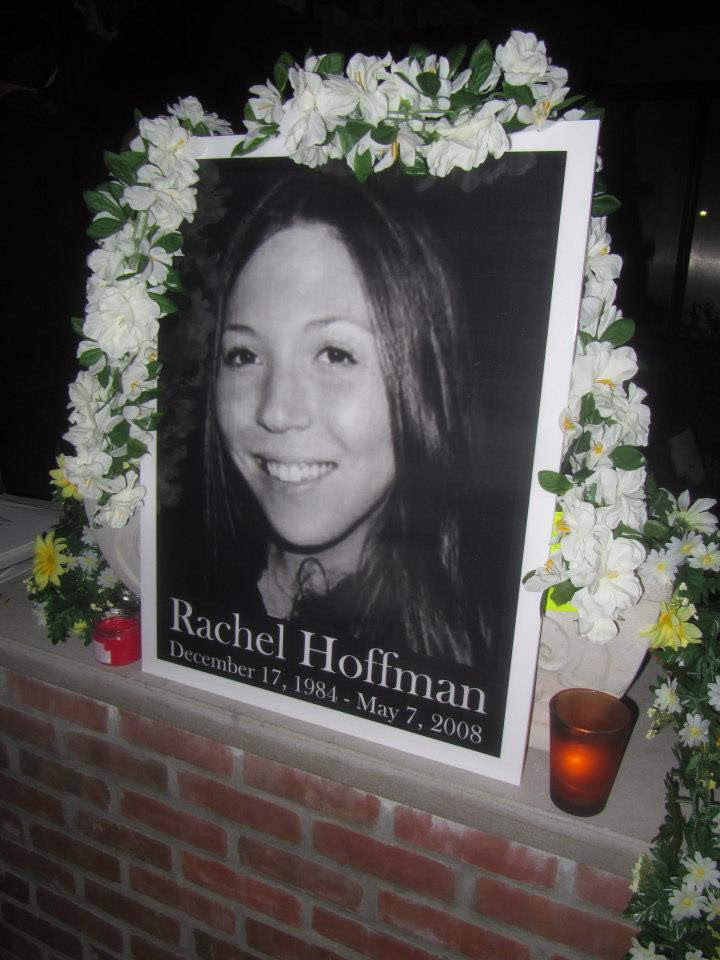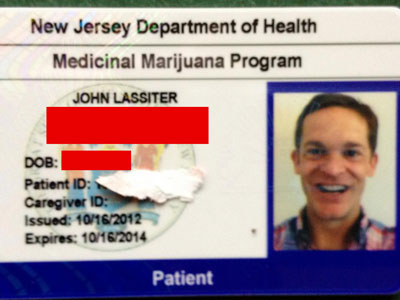6/21/2011 Update 1:45PM ET – The medical marijuana program in Maine is set to become easier to utilize by seriously ill individuals. The Maine legislature passed LD 1296 on June 16th after hearing extensive testimony from patients and advocates. Governor LePage is expected to sign the measure into law. The new procedures could offer the most privacy protections for patients compared to any other US state.
LD 1296 was passed with the intention of shielding Maine residents using medical marijuana from undue interference. The bill is sponsored by Republican Rep. Deborah Sanderson and some of the changes include:
– Making the patient registry voluntary
– Increasing the amount patients my possess to from 2.5 to 10 ounces.*
– Allows physicians to recommend marijuana for any ailment he or she believes will benefit from marijuana therapy
– Stops counties or municipalities from creating local regulations more strict than the state law
National NORML’s Deputy Director Paul Armentano, a medical marijuana policy expert, commented, “At the same time when lawmakers in many other states are enacting impossibly restrictive measures, Maine lawmakers have elected to instead significantly open patients’ access to medical marijuana under the law.”
Maine voters approved the compassionate use law on a ballot measure in 1999. The model followed a plan for small-plot cultivation by patients and caregivers. A decade later voters went to the polls again and expanded the law to include medical cannabis dispensaries.
Jonathan Leavitt who represents medical marijuana interests under the Medical Marijuana Caregivers of Maine trade association spoke with freedomisgreen.com today.
“We are glad that the Maine legislature worked with us to return the law closer to the original initiative’s language,” said Leavitt as he waited for the governor’s signature. “This gets the state out of the business of a patient’s health and puts it back in the hands of those patients and their physicians here in Maine.”
Below is the full executive summary*. The long list includes many details that are outlined in a state law for the first time.
SUMMARY
This bill amends the Maine Medical Use of Marijuana Act to protect patient privacy. The bill provides for expanded access and optional registration under the Act. The bill does the following:
1. It allows a physician to determine whether a condition requires the use of medical marijuana.
2. It amends the definition of “enclosed, locked facility.”
3. It defines “mature marijuana plant.”
4. It clarifies the definition of “qualifying patient” and removes the requirement of registration for certain authorized conduct of the patient.
5. It creates a definition for “primary caregiver.”
6. It allows patients who cultivate their own marijuana to possess, beyond 6 mature marijuana plants, other marijuana plants in various stages of cultivation or processing.
7. It allows a primary caregiver to possess, beyond 6 mature marijuana plants for each of 5 qualifying patients of the caregiver, other marijuana plants in various stages of cultivation or processing.
8. It requires the use of an enclosed, locked facility only if marijuana is grown for 3 or more qualifying patients.
9. It allows a primary caregiver to sell excess marijuana to a marijuana dispensary and for dispensaries to contract out marijuana cultivation.
10. It removes the requirement that a patient who cultivates marijuana plants keep the plants in an enclosed, locked facility.
11. It removes the registration requirements for a hospice provider or nursing facility named as a patient’s primary caregiver.
12. It removes the registration requirements for visiting qualifying patients.
13. It clarifies that a person may not be subject to arrest or prosecution for engaging in conduct authorized by the Maine Medical Use of Marijuana Act.
14. It prohibits a law enforcement officer, law enforcement department, state agency or employee of the State from seizing or possessing marijuana in the lawful possession of a qualifying patient, primary caregiver or dispensary.
15. It allows a business owner to prohibit smoking medical marijuana on the business’s premises.
16. It allows a sliding scale registration fee based upon a patient’s status as a veteran of the Armed Forces of the United States.
17. It removes the registration requirement that the Commissioner of Health and Human Services approve the registration application.
18. It removes the requirement that registration cards contain an applicant’s address and date of birth.
19. It clarifies that possession of a written certification from a physician prescribing use of medical marijuana cannot be used as evidence of unlawful conduct or be the basis for a search of the patient.
20. It requires that the records of a patient no longer registered as a medical marijuana user be purged and requires that the patient be notified of the purge of information.
21. It removes the requirement of listing the nature of the debilitating conditions of registered patients in the annual report of the registration process by the Department of Health and Human Services to the Legislature.
22. It clarifies that registration is voluntary and failure to register does not affect the authorized conduct for a qualifying patient or primary caregiver.
23. It allows for a civil penalty for a person making a fraudulent representation relating to the possession or medical use of marijuana under the Maine Medical Use of Marijuana Act.
24. It allows a marijuana dispensary to obtain and possess up to 5 ounces of marijuana for each patient of the dispensary.
25. It removes the registration requirement of listing the name, address and date of birth for each principal officer, board member and employee of a marijuana dispensary or issuing registration cards to those individuals.
26. It provides for immunity for marijuana dispensaries and their principal officers, board members and employees.
27. It prohibits a political subdivision of the State from enacting any law or ordinance concerning use of medical marijuana other than reasonable rules concerning the locations of marijuana dispensaries.
28. It requires the Department of Health and Human Services to amend rules to retain at least 8 marijuana dispensaries throughout the State.
29. It requires a written certification by a physician recommending use of medical marijuana to be written on tamper-resistant paper.
30. It allows a primary caregiver to assist a qualifying patient in the preparation of marijuana.
31. It exempts from the definition of “food establishment” a primary caregiver who prepares medical marijuana for use by a qualifying patient who is a family or household member of the primary caregiver.
32. It requires a designation of a primary caregiver from a qualifying patient to be in a written document signed and dated by the qualifying patient.
33. It requires a physician to advise a patient of the risks and benefits of the use of medical marijuana and that the patient may benefit from the use of medical marijuana prior to issuing a certification prescribing the use of medical marijuana.
34. It allows a patient to grow marijuana for personal use and designate a primary caregiver or registered dispensary.
35. It allows a court to permit the use of medical marijuana while imposing conditions of a criminal sentence, bail, probation, continuance or other dispositional order.
36. It includes dispensing in conduct allowed by a registered dispensary.
37. It requires a registered dispensary to display its certificate issued by the Department of Health and Human Services in a publicly visible location in the dispensary.
38. It clarifies that physicians are protected for conduct authorized by the Maine Medical Use of Marijuana Act.
39. It requires a qualifying patient or primary caregiver to provide, upon request by a law enforcement officer, official proof of identification and the original copy of the physician’s certification or qualifying patient’s designation of primary caregiver.
40. It requires the Department of Health and Human Services to maintain a log of requests to view registration information, including the name and agency of the requestor, and allows a person whose information is subject to an information request to copy or receive copies of portions of the log relating to that request.
Grassroots link: http://mmcmonline.org/
*Our original post linked to an out of date summary – this is the current summary
Chris Goldstein is a respected marijuana reform advocate. As a writer and radio broadcaster he has been covering cannabis news for over a decade. Questions? [email protected]








